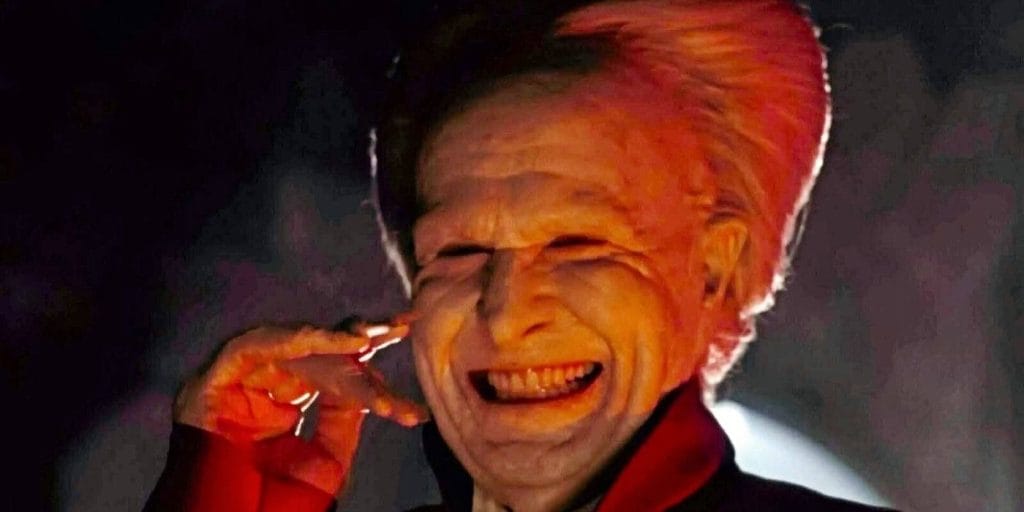The Myth and Its Cultural Impact
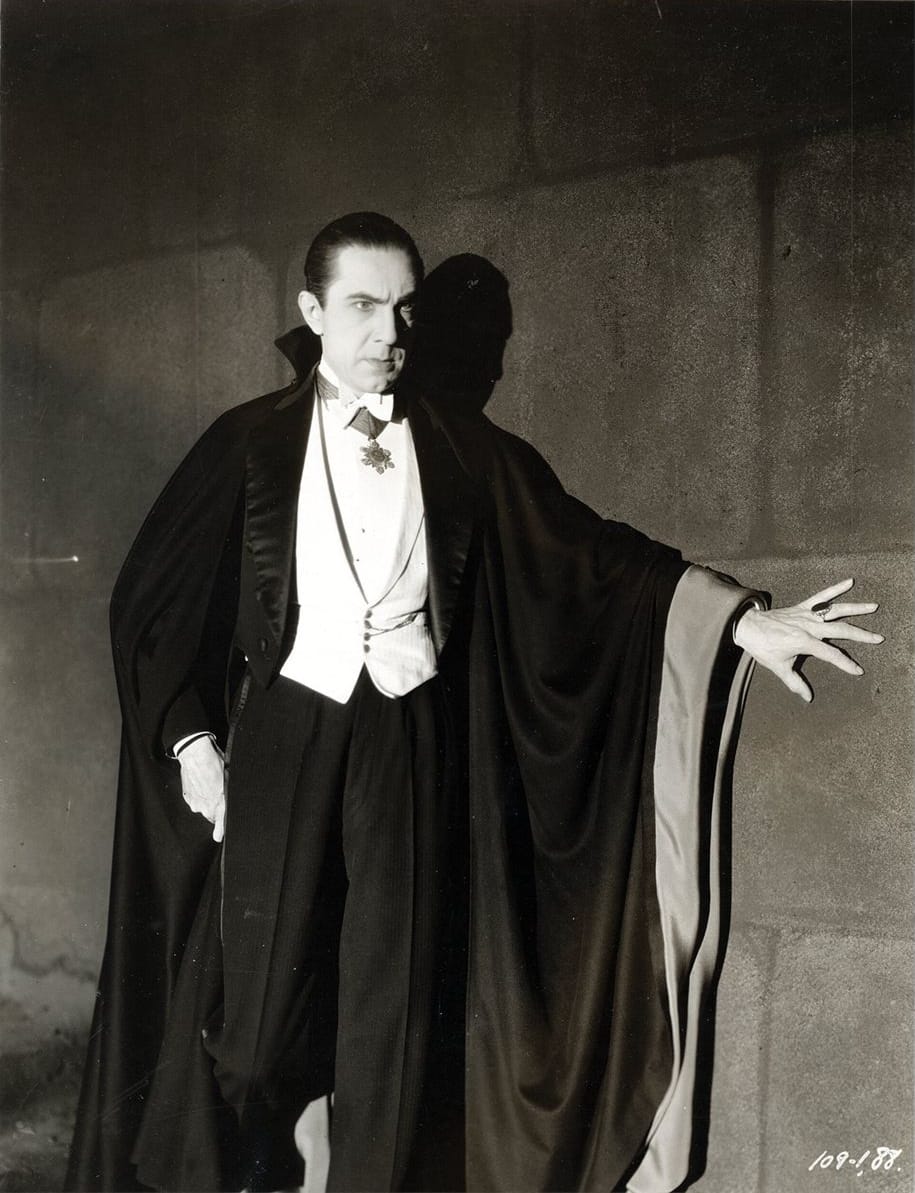
The myth of Dracula, one of the most enduring and influential figures in Gothic literature and popular culture, is deeply rooted in Eastern European folklore and history. The character of Count Dracula was immortalized by Irish author Bram Stoker in his 1897 novel “Dracula”. However, the origins of the Dracula myth can be traced back to the historical figure Vlad III, also known as Vlad the Impaler or Vlad Dracula, a 15th-century prince of Wallachia.
Vlad the Impaler was notorious for his brutal methods of punishment, most notably impalement, which earned him a fearsome reputation. His surname, Dracula, meaning “son of the dragon” or “son of the devil” in Romanian, comes from his father’s membership in the Order of the Dragon. Although Vlad’s historical deeds were violent, it was Bram Stoker who transformed this historical figure into a literary vampire, combining elements of folklore, superstition, and his imagination to create a lasting legend.
Bram Stoker’s “Dracula” is a landmark in Gothic literature, telling the story of the eponymous count who attempts to move from Transylvania to England to spread the undead curse. The novel is presented in an epistolary format, using letters, diary entries, and newspaper articles to weave a complex narrative. The character of Count Dracula is depicted as a centuries-old vampire possessing supernatural powers, including the ability to transform into a bat, wolf, or mist, and an insatiable thirst for human blood. His charismatic yet sinister personality and his aristocratic demeanor have made him a fascinating and enduring character in literature and culture.
Stoker’s novel explores a variety of themes that have contributed to its lasting impact. One of the central themes is the clash between modernity and ancient superstition. As the characters employ the latest scientific methods and technology of their time to combat.
Dracula, they also rely on traditional folklore and superstitions, highlighting the tension between the old world and the new. Dracula, as a foreign invader from the East, embodies the anxieties of Victorian England regarding immigration, disease, and cultural invasion. The novel reflects the era’s xenophobia and fear of the unknown, which resonate with contemporary societal fears.
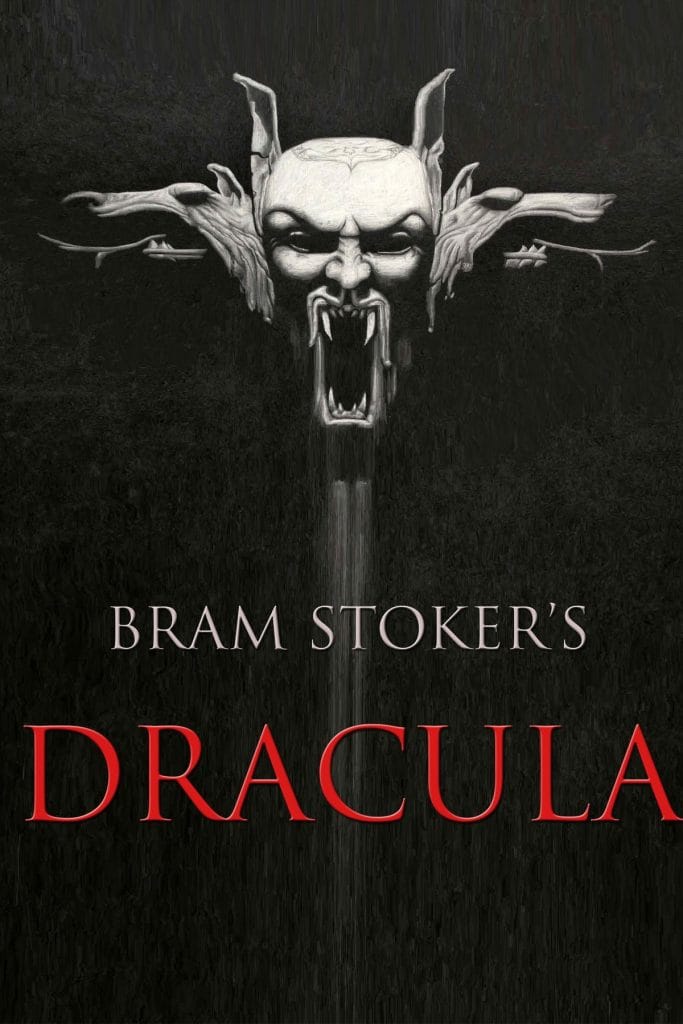
Sexuality is also a significant theme in “Dracula”. The vampire’s act of bloodsucking is laden with erotic overtones, and the novel explores the Victorian anxiety surrounding repressed sexuality and the fear of female sexual liberation. Dracula’s female victims often exhibit heightened sensuality after being bitten, challenging the era’s moral and sexual norms. The impact of Stoker’s “Dracula” on literature is profound and far-reaching. The novel has inspired countless adaptations, reinterpretations, and works of fiction that have expanded the vampire genre.
Dracula in films – literature and music
Early adaptations include F.W. Murnau’s “Nosferatu” (1922), an unauthorized German film adaptation that introduced the concept of the vampire’s lethal vulnerability to sunlight, and Tod Browning’s “Dracula” (1931), starring Bela Lugosi, whose portrayal of Dracula has become iconic.
Bela Lugosi’s portrayal in the 1931 film set the standard for Dracula’s appearance and mannerisms, with his slicked-back hair, cape, and thick accent becoming synonymous with the character.
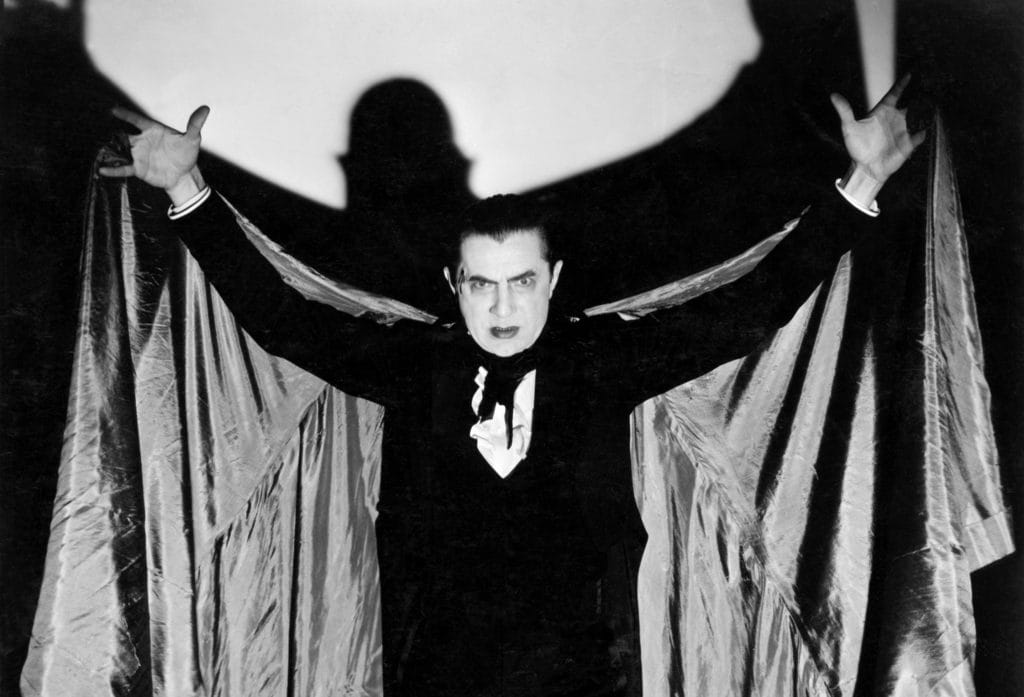
Christopher Lee’s depiction of Dracula in the Hammer Horror films of the 1950s and 1960s further cemented the character’s status as a cinematic icon. Lee’s portrayal brought a sense of menace and physicality to the role, influencing future interpretations
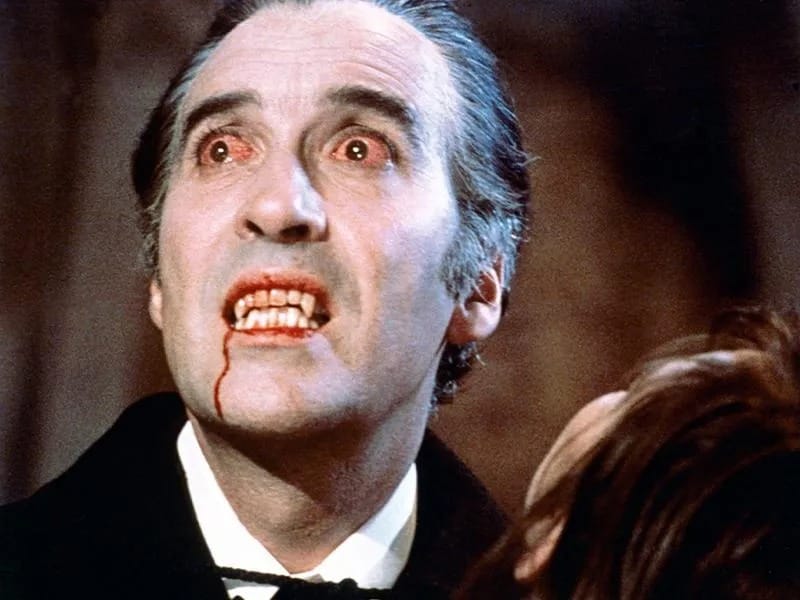
Bram Stoker’s Dracula, a 1992 American gothic horror film produced and directed by Francis Ford Coppola and written by James V. Hart, makes a direct connection between Dracula’s vampiric origin and occultism/satanism.
In the opening scene of the film, after learning that his wife took her life and is denied salvation, Dracula denies God and makes a deal with the dark forces. This is symbolically verified with Dracula plunging his sword into the crucifix, which immediately starts to bleed excessive amounts of blood that Dracula drinks as a sign of “bloodpact” with the Devil.

In television, the character of Dracula has been adapted in various forms, from the campy 1960s series “Dark Shadows” to the more recent “Dracula’ series produced by Steven Moffat and Mark Gatiss, which reimagines the character with a contemporary twist. The character’s adaptability to different genres and formats is a testament to his enduring appeal.
In literature, “Dracula” paved the way for numerous vampire stories and novels, each adding to the mythos. Anne Rice’s “The Vampire Chronicles” series, beginning with “Interview with the Vampire” (1976), explores the existential angst and complex morality of vampires. Stephen King’s “’Salem’s Lot’ (1975) reimagines the Dracula story in a modern American setting, blending horror with social commentary.
Dracula’s influence extends beyond literature into various aspects of popular culture. The character has appeared in numerous films, television series, comic books, and video games, each iteration contributing to the evolving mythos.
Eternal influence
Dracula’s influence is also evident in music and fashion. The Gothic subculture, with its dark aesthetic and fascination with the macabre, draws heavily on vampire imagery, much of which can be traced back to Stoker’s creation. Bands like Bauhaus, with their song “Bela Lugosi’s Dead,” and artists like Marilyn Manson have embraced the vampire archetype in their work.
The figure of Dracula continues to evolve, reflecting contemporary societal concerns and cultural trends. Recent adaptations and reinterpretations often emphasize the psychological and existential aspects of the character, exploring themes of immortality, identity, and the nature of evil.
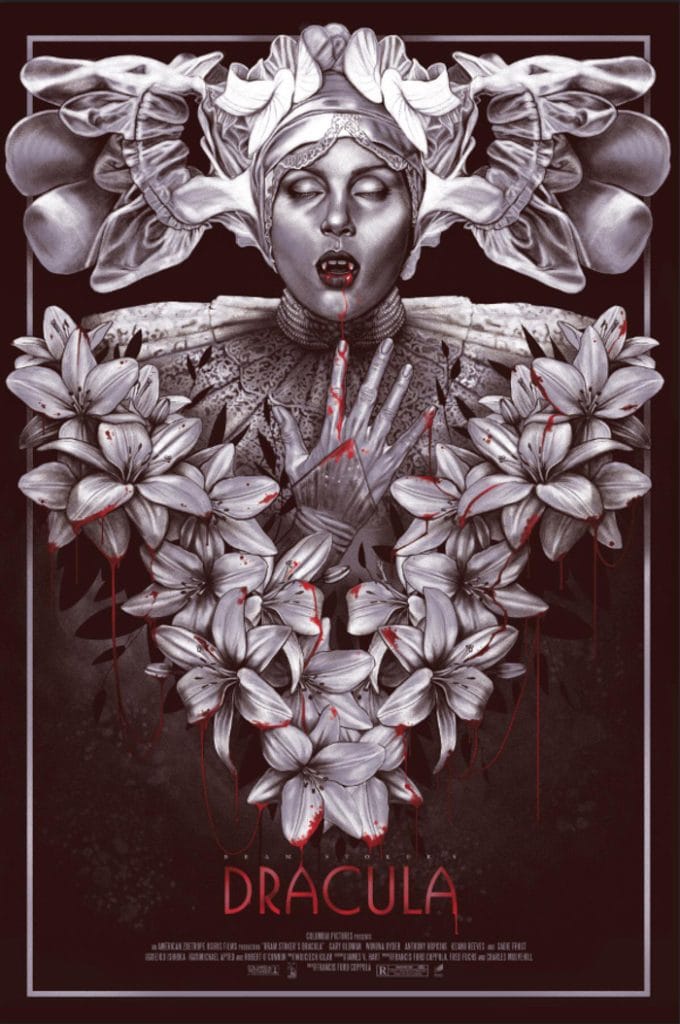
Legacy of Dracula
Dracula’s myth and influence are deeply embedded in both literature and popular culture. Bram Stoker’s creation has transcended its origins, becoming a versatile and enduring archetype that continues to captivate and inspire. The themes explored in Dracula – fear of the unknown, the clash between modernity and tradition, and the complexities of human sexuality – remain relevant, allowing the character to adapt and evolve with each new generation. As long as there are stories to tell and fears to explore, Dracula will remain a potent symbol of the dark, mysterious, and often unsettling aspects of the human experience. His legacy, ensures that the myth of Dracula will endure, casting its long, shadowy influence over literature and culture for generations to come.
